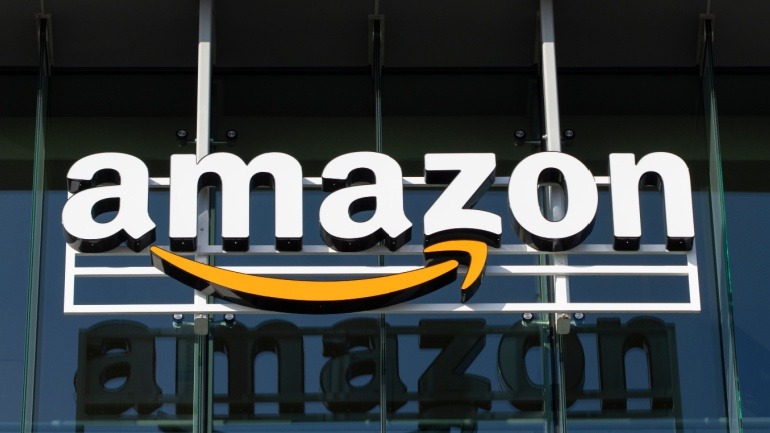The European Commission is set to approve a €2.8 billion merger between SES and Intelsat, aiming to strengthen Europe’s satellite independence. Though not a direct rival to Starlink, the combined entity will leverage GEO, MEO, and LEO assets to expand coverage and support EU initiatives like IRIS2.
Telefonica is investigating a potential cyberattack after sensitive data from one million former Peruvian customers was leaked. The breach, linked to hacker group Dedale, comes amid growing global threats to telecom firms.
A major data breach at SK Telecom exposed sensitive subscriber information, including USIM and IMSI data. The incident, traced to 2022, has prompted security upgrades and international collaboration. South Korea and the U.S. are now working to align cybersecurity standards and expand cooperation.
A federal budget amendment extends spectrum auction authority to 2034, aiming to raise revenue by identifying 600 megahertz for auction. While excluding key bands like 3 GHz and 6 GHz, the plan sparks debate over spectrum use, with industry leaders divided on reallocating the CBRS band.
Amazon has launched its first 27 satellites for Project Kuiper, marking its entry into the satellite internet race against SpaceX’s Starlink. Aiming to deliver fast internet to remote areas, Amazon plans to deploy over 3,200 satellites and begin service by late 2025 while addressing concerns like light pollution and regulatory challenges.
The FCC has approved AT&T and AST SpaceMobile to test direct-to-cell satellite connectivity for FirstNet. This initiative aims to enhance public safety communications by extending reliable service to remote and disaster-affected areas through low Earth orbit satellites.
FCC Chairman Brendan Carr has warned EU nations about growing reliance on Starlink, highlighting risks of over-dependence on a single satellite provider. European officials share concerns, especially as geopolitical tensions rise. While local alternatives like OneWeb emerge, the EU faces tough challenges in securing technological autonomy.
President Donald Trump has nominated Arielle Roth to lead the NTIA, a key agency overseeing broadband policy. A seasoned telecom advisor, Roth has worked with Senator Ted Cruz and Republican FCC Commissioners.
Apple is reportedly testing direct satellite connectivity for iPhones in partnership with Starlink and T-Mobile. This initiative, enabled by iOS 18.3, allows select T-Mobile users to text via satellite in areas without cellular coverage.
T-Mobile US is redefining telecommunications by launching its innovative beta direct-to-cellular service with Starlink in 2025, aiming to eliminate cellular dead zones. Starting with text messaging, with future voice and data expansion, this service promises to enhance connectivity seamlessly.













